The seat belt is a technology that has saved a million lives to date since its invention. To save more lives, Volvo are encouraging a global safety movement. One which acknowledges that no one group has all the answers, that it needs to incorporate many voices. The challenges include traffic safety, the technological solutions include the introduction of speed caps on cars and the complex conversation around people’s behaviour while travelling at speed.
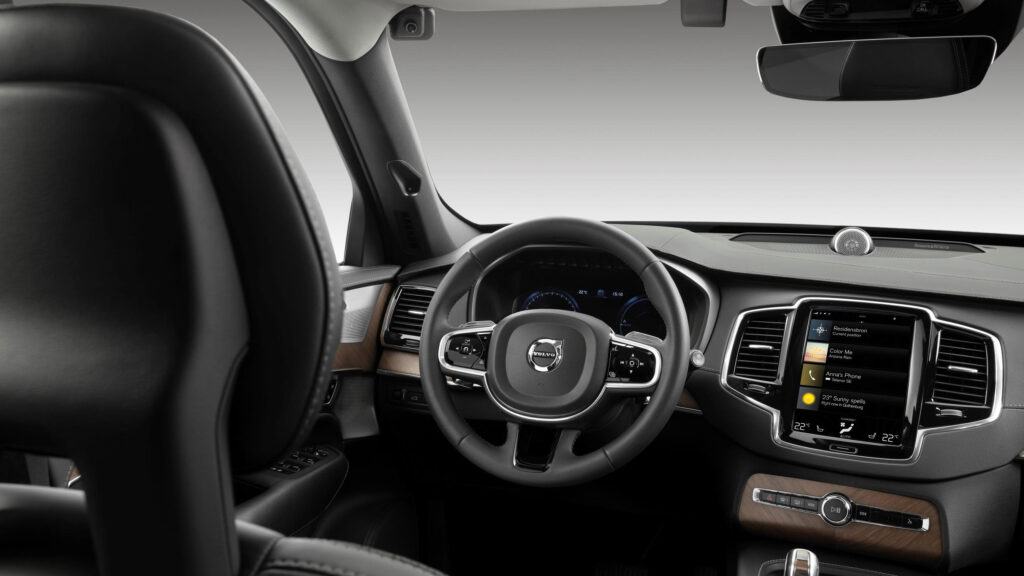
Road friction conditions, available light and distraction all impact the safety of every journey. Humans can handle many complex tasks but when distracted, these interferences can have disastrous consequences. Volvo are introducing sensors which alert drivers to tiredness, via eye movement and focus sensors.
The seatbelt alone did not save over a million lives since it’s invention, empowering people to improve traffic safety, to make the right decisions, all go towards traffic safety. In Sweden in 1997, a zero policy was introduced to reduce traffic fatalities. The change of mindset of every commuter, to think outside of their own journey, to include others also trying to use the same space, are key factors in improving safety.
Today there are more and more challenges, from electric scooters, that need to be included and monitored in the development of safety systems. We have to have efficiency in the traffic system, a traffic flow.
1.3 million lives are lost each year in traffic accidents, and the ages between 5 and 29 are the group most affected.
Pawel Kurpiewski is a child safety expert and has spoken around convincing parents of the use of rear facing child seats. He supports the theory that rear facing seats are x5 times safer than forward facing child seats. He suggests showing the parents how to choose and fit the best child seat in-store, to educate parents properly on child safety in cars.
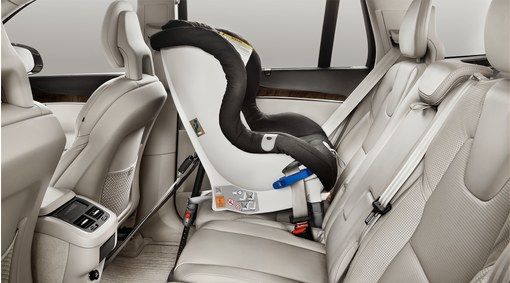
When the 3 points safety belt was introduced over 60 years ago, many people didn’t know how to properly use it. Without proper instruction, the effect of the safety belt was reduced. Success comes from propagation of knowledge.
Should the instruction of the use of safety systems be incorporated into the learner driving test? Russel Henk, programme director for ‘Teens in the Driving Seat’ in Texas supports the decades of research that highlights peer to peer influence on driving safely. How does ‘Teenagers Teaching Teenagers’ have a high success rate? The idea is to create young safety ambassadors to influence each other in a positive way on how to drive safely and make better decisions while driving. Russel feels that empowering the younger demographic improved standards of driving in the state of Texas has made a huge difference to the accident statistics in the state since it’s inception.
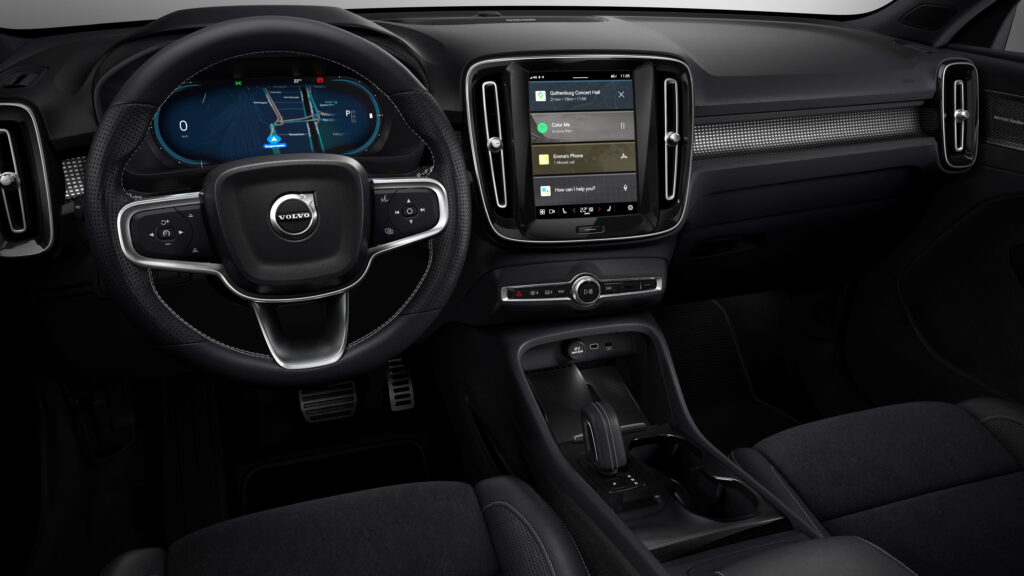
Drowsy driving, impaired driving, distracted driving are some of the situational awareness areas that are addressed. There are windows of opportunity when teenagers are curious to learn about a topic. It’s important to start safety education early.
Frederica Deledda executive officer of the Italian State Police, promotes the EU funded Icarus project in Milan. There they educate children to respect the rules while protecting their lives. Each year they deal with a specific theme such as space sharing on roads or impaired driving. They use a contest to award individuals for what they’ve learned and incorporate a play to involve the children in a story which has consequences and outcomes. The effectiveness of the project has been certified by research from the La Sapineza University. Psychologists at La Sapineza University have suggested that every time an inexperienced driver gets away with an irresponsible action, it only enhances their feeling of immunity and invincibility, and in order to stop this effect, you must intervene before they become another statistic.
Offering sustainable mobility options while keeping people safe was one of the issues raised as an opportunity that came out of research from the unexpected opportunity during the recent lock down. A lot more studies are now running around the world from city planners in how they address traffic problems and solutions for their cities.
Safety measures are now developed not only for cars but pedestrians and cyclists alike. A bicycle helmet has been developed with a safety air bag which is proving to be another improvement in safety technology.
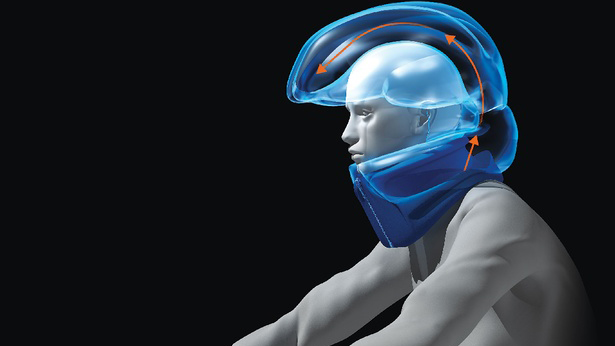
It has been shown that all of the research papers published sometimes don’t have the same impact as advice from your neighbour or peer. So how do you educate people without putting them off with pages and pages of research? Inform them using simple and effective methods.
We are very well informed on how cars move about and behave but not as much data is available on how pedestrians or cyclists behave every day. Collecting this data is possible via smart helmets which can communicate with the traffic around them. Through knowledge sharing everyone can improve the safety of the roads they use.
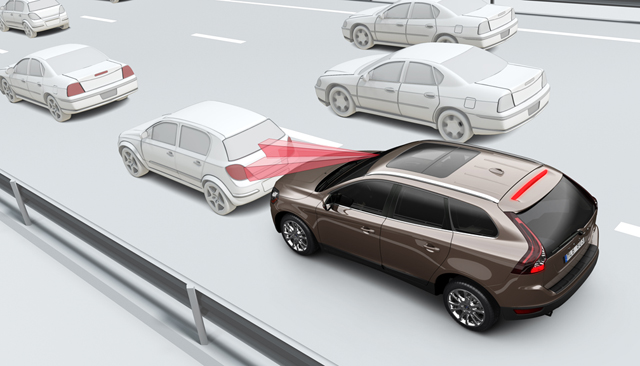
Malin Ekholm head of Volvo Safety Centre summed up the problems and the solutions by surmising that freedom to move is at the core of human beings, with the complexity of increasing density of traffic we need to take on the responsibility of making our roads safer by sharing information, and that increasing forms of collaboration are needed to solve these issues.
